We are innovators for business partners throughout the world
We are innovators for business partners throughout the world
NIKODAN creates complete automation solutions and conveyors. Our solutions cover everything from conveyor belts to robotics and special machinery, including efficient palletizing.
NIKODAN creates complete automation solutions and conveyors. Our solutions cover everything from conveyor belts to robotics and special machinery, including efficient palletizing.
OUR FIELDS
Main Industries
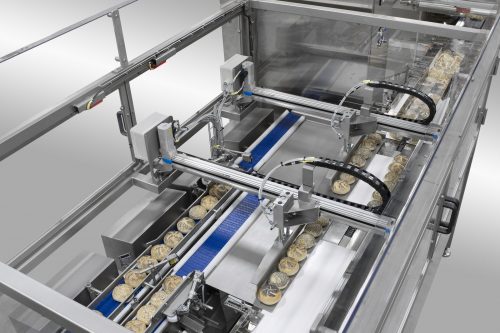
Food
We are manufacturers of food processing equipment for companies within many different food industries.
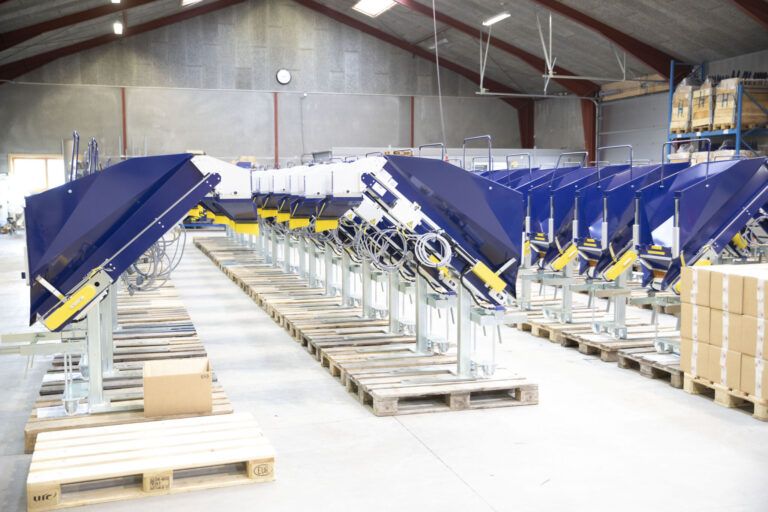
Non Food
Equipment that automates the process of handling materials during industrial activities, manufacturing, packaging, logistics.
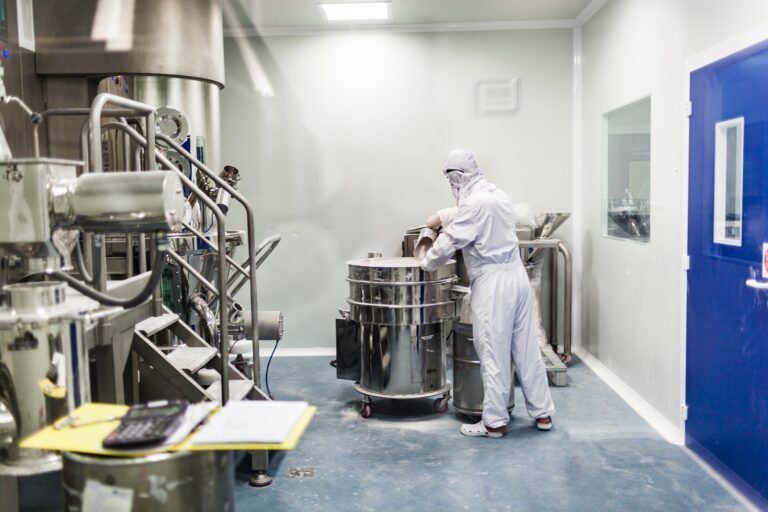
Pharma
We have many years of experience making conveying systems for the transportation and handling of pharmaceutical products.
WHY CHOOSE US
If we don't have the solution...
Then we build it!
We have it all in-house! Engineering, manufacturing, management and customer service - and subsequent service.
We have over 30 years of experience with manufacturing the perfect solution for our customers.
Our core values are credibility, loyalty and professionalism. We will help you reach your goal.
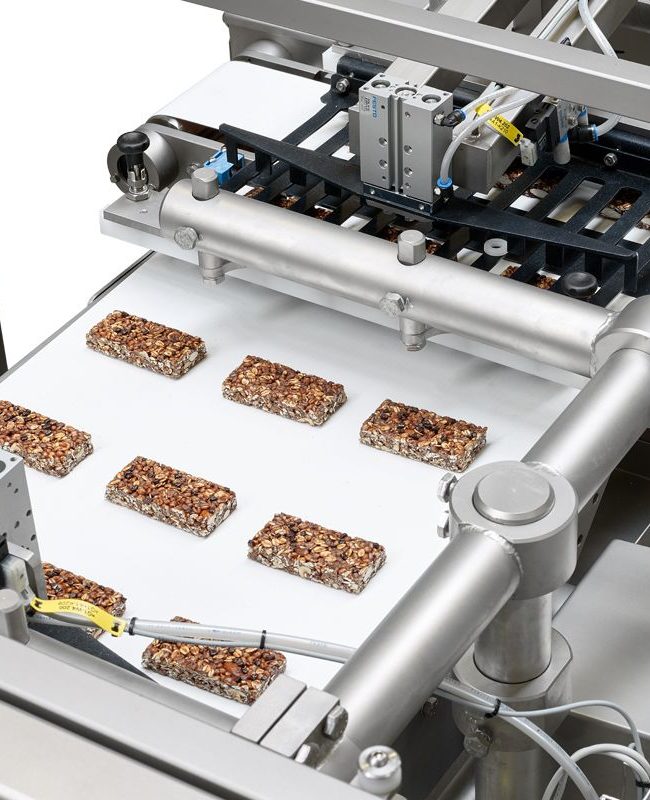
COOPERATION
Our Trusted Partners





















NIKODAN UPDATES
Latest News

Development award
On the 9th of September, NIKODAN was awarded with Lagercrantz Group’s award for an outstanding development in the year 2020-2021.
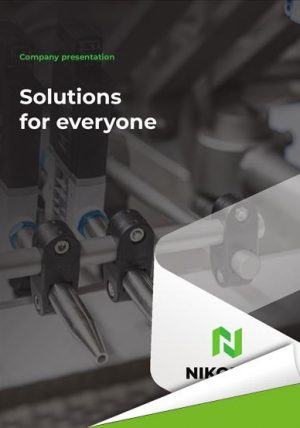
Interactive Brochure
We have a new and updated interactive brochure, giving a brief overview of the company, our partners and our products.

Getting results
NIKODAN has had an impressive growth spurt during the pandemic. Our managing director talks about it in an article for the Danish media outlet Industri&Teknik.

